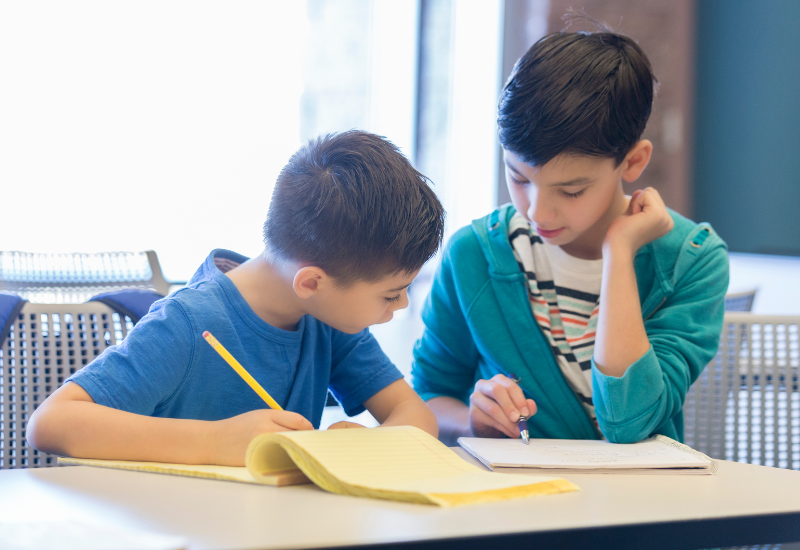Monterey Peninsula: Brainstorming Ideas for Flexibility, Personalization, and Student Sense of Belonging
Monterey Peninsula Unified School District (MPUSD) sought to address a key problem in their district: “How might we increase flexibility and personalization to build a sense of belonging and connection within the context of our labor and policy constraints?”
In brainstorming solutions, the team identified six categories of solutions:
- Engage students and teachers to design new systems. This set of solutions highlights the fact that equity requires those most impacted by teaching and learning – students and teachers – be involved in developing new systems. It also challenges the district to be resilient so as to adapt and flex to enable the new systems that students and teachers develop.
- Revise policies. This set of solutions recognizes that sometimes, district policies are major barriers to equity in a district; certain policies like counts on seat time or grading expectations can limit flexibility and personalization. These solutions also demonstrate the district’s willingness to dramatically reinvent itself – even rewriting policy – so as to improve teaching and learning with equity in mind.
- Focus on staff members’ sense of belonging. This set of solutions recognizes that in order for teachers to be able to foster students’ sense of belonging, teachers must feel that they belong and are supported.
- Revise grading to be mastery-based. This set of solutions elevates the fact that traditional methods for grading are often not flexible or personalized (instead, grades are based on rigid scales, include non-academic behavioral measures, and are assigned at one point in time). A mastery-based approach to grading allows teachers to give more personalized feedback to students and gives students multiple chances to prove mastery.
- Regroup students by academic need and/or interest. This set of solutions recognizes that each student has different needs, academically and beyond. It explores opportunities to revisit traditional structures (e.g., age-based grouping) and to instead develop systems that group students by targeted academic need and/or type of learning the student is interested in.
- Build social-emotional activities into academic courses and set aside time for intentional community building. This set of solutions honors the fact that students’ sense of belonging and connection is an important precursor to academic learning. It also highlights the fact that building students’ sense of belonging cannot just be a “check-the-box” activity – it must be integrated throughout the approach to teaching and learning.
Explore More

Newport News' Approach to Social Connections in Virtual Learning
Through their participation in TLA's Strategy Lab: Virtual & Hybrid program, Newport News' Virtual Learning Academy Academy designed and...

Increasing Student Buy-In with Targeted Communications (NYC SWOW)
Through their participation in TLA's Strategy Lab: Virtual & Hybrid program, NYC School Without Walls designed and piloted a program that...

Addressing Student Engagement Through Hybrid Project-Based Learning (Cabarrus Virtual Academy)
Cabarrus Virtual Academy designed and piloted a project-based learning (PBL) lesson for middle-school students to provide them with...